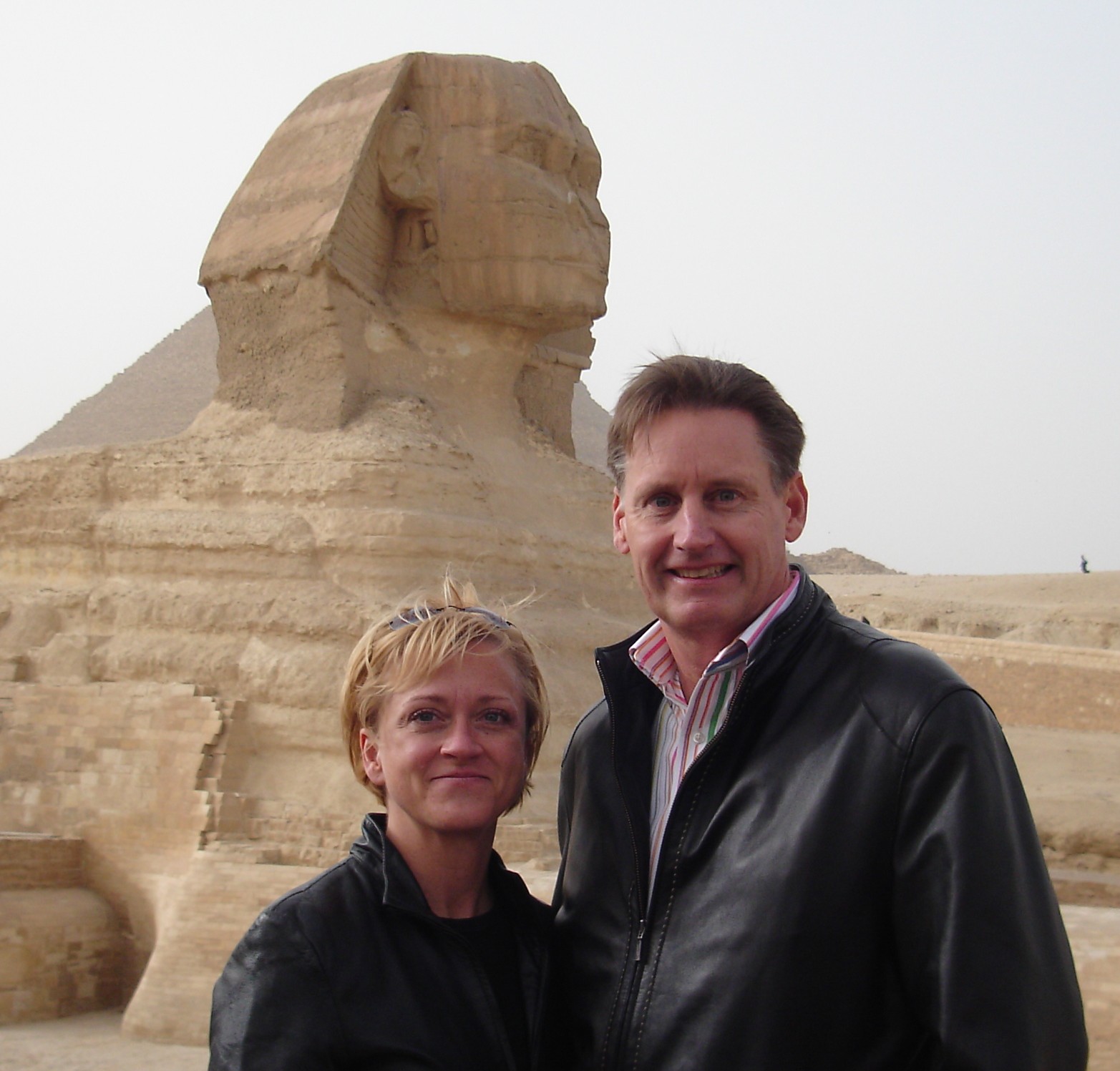



Journal 40; Australia Part Two
January 6 - March 7, 2012
Since January we’ve had fun exploring the hinterlands of South Queensland and Northern New South Wales, Australia (we live close to the border of these two states). We have been enjoying our camper van and we camp out for about a week and then return to the boat for a few days.
The countryside of the surrounding area is quite diverse and bucolic. We have hiked through tropical rainforests, dry tablelands and along the seacoast; and swam in cold mountain streams. With the recent heavy rains (summer is the wet season) the cattle are fat and healthy. The biggest surprise has been the abundant birdlife. I wish I was an ornithologist so I could identify all the types of birds seen. Even here in Scarborough, spotting cockatoos is an almost everyday occurrence.
The countryside of the surrounding area is quite diverse and bucolic. We have hiked through tropical rainforests, dry tablelands and along the seacoast; and swam in cold mountain streams. With the recent heavy rains (summer is the wet season) the cattle are fat and healthy. The biggest surprise has been the abundant birdlife. I wish I was an ornithologist so I could identify all the types of birds seen. Even here in Scarborough, spotting cockatoos is an almost everyday occurrence.
While camping we have also stumbled upon different species like the brush tailed opossum. We could hear this little guy foraging through our camp at night looking for leftovers. One night he didn’t wait for us to go to sleep but bravely jumped on the table trying to sip the wine.
I almost stepped on a green striped tree snake, which I later discovered is harmless. We also came across this long, black snake with a red belly. I later described the snake to a local and asked its proper name. He replied, “Well mate, we call that snake the ‘Red Belly Black Snake’. It can be deadly, but it will not chase you like the highly venomous Brown Snake.” Wow, that was a relief to know. Later we saw a brown snake but it was not aggressive after JoDon threw a stick and hit him on the head. At one park there was a memorial for a 33 year old man that died after being bitten by a Taipan. What’s a Taipan? Since the internet knows everything, it told us it’s a highly venomous snake. The Brown Snake and the Taipan are two of the most venomous snakes in the world. So much for walking through tall grass with only flips.
There are Monitor lizards everywhere, even in the cities. These beasts can scare the fire out of you when walking down a city sidewalk. OK, they are harmless, but they look so evil and ferocious!
Seeing a kangaroo in the countryside is like seeing a squirrel in a Dallas park. There are mobs (herds) of them everywhere and they are the most common road kill. There are four main groups of categories and 63 species. Some kangaroos are small but we’ve seen some Gray bucks that stand almost six feet tall.
Wallabies are very much like kangaroos but are smaller and delicate. There are also many types of wallabies throughout Australia; we have seen Red Necked Wallabies (mom with joey in her white belly pouch) and Pretty Face Wallabies.
Seeing a kangaroo in the countryside is like seeing a squirrel in a Dallas park. There are mobs (herds) of them everywhere and they are the most common road kill. There are four main groups of categories and 63 species. Some kangaroos are small but we’ve seen some Gray bucks that stand almost six feet tall.
Wallabies are very much like kangaroos but are smaller and delicate. There are also many types of wallabies throughout Australia; we have seen Red Necked Wallabies (mom with joey in her white belly pouch) and Pretty Face Wallabies.
One small problem we have encountered when walking through the bush country are flies. The joke is that Australians speak with a nasal tone because, with so many flies, they have to speak with their mouths closed! But, the flies usually are harmless and are attracted to the back of your shirt so we simply don’t shoo them off until the end of our walk.
We have been blessed to see such a beautiful country. With the heavy rains the waterfalls are magnificent. Possibly, ‘only in Australia’ would you see a car crossing over the top off a magnificent waterfall. Aussies fear little and are accustomed to rugged extremes.
We cross cattle guards on many country roads en route to campsites. These small roads have no fences to keep the cattle off so our van “smells like money” (with cow shit on our wheels) when we arrive.
One fun hike was in the Girraween National Park. Girraween means “place of wild flowers” and it has majestic and unusually shaped granite boulders. We hiked to the top of one very steep granite rock and had a magnificent 360º view. As I was taking the photo JoDon was stating, “Do you know how foolish this is? One slip and we’re over the edge.” It is common to have views all to ourselves without a single house, electric pole or road. While in Girraween we also came upon this pile of rocks. I wonder why they call it “The Sphinx?”

Egypt; January, 2007
We could not resist taking a picture from the small town of Texas, Australia. It was a hot afternoon when we passed through so we stopped for a schooner (a large, cold beer). The pub had a State of Texas license plate from a federal judge, no less.
Apart from bird watching, hiking and avoiding reptiles, we have spent some hot afternoons swimming or sitting with our feet in creeks and rivers. The normal summer temperature is only about 85ºF and the water is cold, but so refreshing! JoDon has enjoyed our hammock for afternoon siestas and reading. In the evenings we usually make a campfire, cook dinner on it and then enjoy the fire afterwards. It’s not a bad life!
A few facts and opinions:
Facts:
- Australia is a large country, about the same size as the continental U.S.
- About ½ of older Australians (65+) that we have met emigrated from England to Australia after WWII.
- Only about 2% of the population is indigenous Australian.
- 15% of the population now speaks a language other than English at home. The most commonly spoken languages are Italian, Greek, Cantonese and Arabic.
Facts:
- Australia is a large country, about the same size as the continental U.S.
- About ½ of older Australians (65+) that we have met emigrated from England to Australia after WWII.
- Only about 2% of the population is indigenous Australian.
- 15% of the population now speaks a language other than English at home. The most commonly spoken languages are Italian, Greek, Cantonese and Arabic.
The obvious question is “which is better, the U.S. or Australia?” To answer that question, what is your definition of “better?” There is no right or wrong to this question so here are a few Opinions:
Australia is a socialistic nation with heavy taxes for individuals and companies. What do you get in return? Australia has a multi layered bureaucratic government that has laws for everything. Example: a stiff fine if you don’t vote in an election. What do you get in return? Example: immaculate city parks with bathrooms and BBQ’s that are cleaned daily (JoDon is envious; they clean the bathrooms with a high pressure hose). Judging by the homes and cars people drive, the standard of living in Australia is much higher than the U.S. Mining is a big business and it is reported that truck drivers and heavy equipment operators in Western Australia can make $200,000/year. A six pack of beer costs ~$20 but blue collared workers buy them by the case.
Australia is a socialistic nation with heavy taxes for individuals and companies. What do you get in return? Australia has a multi layered bureaucratic government that has laws for everything. Example: a stiff fine if you don’t vote in an election. What do you get in return? Example: immaculate city parks with bathrooms and BBQ’s that are cleaned daily (JoDon is envious; they clean the bathrooms with a high pressure hose). Judging by the homes and cars people drive, the standard of living in Australia is much higher than the U.S. Mining is a big business and it is reported that truck drivers and heavy equipment operators in Western Australia can make $200,000/year. A six pack of beer costs ~$20 but blue collared workers buy them by the case.
After visiting French Pacific Islands, the best thing we like about Australians is that we can almost understand the language. Examples:
- “Why don’t you pop over in the afty for a bevy” (come by this pm for cocktails).
- The word ‘again’ is pronounced, “ah-GANE”; ‘paid’ is ‘pie-d’; breky = breakfast; barby = BBQ; trucky = trucker (Aussies notoriously add a ‘y’ to everything); ‘region’ is RAY-jun; ‘weather’ is “WAY-tha.” A pickup truck is called a “ute” (utility vehicle). One syllable words for an American are two syllables for an Aussie: ‘here’ is pronounced HE-ur (some Kiwis can make ‘no’ a three syllable word). The quirkiest word was a TV commentator discussing a jail break. She called escapees “es-kah-PEES”. Finally, their language can be quite colorful; a men’s Speedo swim suit is called “a banana hammock.”
- “Why don’t you pop over in the afty for a bevy” (come by this pm for cocktails).
- The word ‘again’ is pronounced, “ah-GANE”; ‘paid’ is ‘pie-d’; breky = breakfast; barby = BBQ; trucky = trucker (Aussies notoriously add a ‘y’ to everything); ‘region’ is RAY-jun; ‘weather’ is “WAY-tha.” A pickup truck is called a “ute” (utility vehicle). One syllable words for an American are two syllables for an Aussie: ‘here’ is pronounced HE-ur (some Kiwis can make ‘no’ a three syllable word). The quirkiest word was a TV commentator discussing a jail break. She called escapees “es-kah-PEES”. Finally, their language can be quite colorful; a men’s Speedo swim suit is called “a banana hammock.”
Australians, like Americans, are friendly people and we are enjoying exploring this beautiful country.
We’ll have another Australian journal in a few months. After that we’re thinking about popping over to the States for a visy with our two new grandies, Mia Isabella and Olivia Amanda.
Cheers!
Brian and JoDon
We’ll have another Australian journal in a few months. After that we’re thinking about popping over to the States for a visy with our two new grandies, Mia Isabella and Olivia Amanda.
Cheers!
Brian and JoDon
Crimson Rosella
Sulphur Crested Cockatoo
Superb Fairy Wren
Eastern Rosella
Crimson Rosella
Masked Lapwing